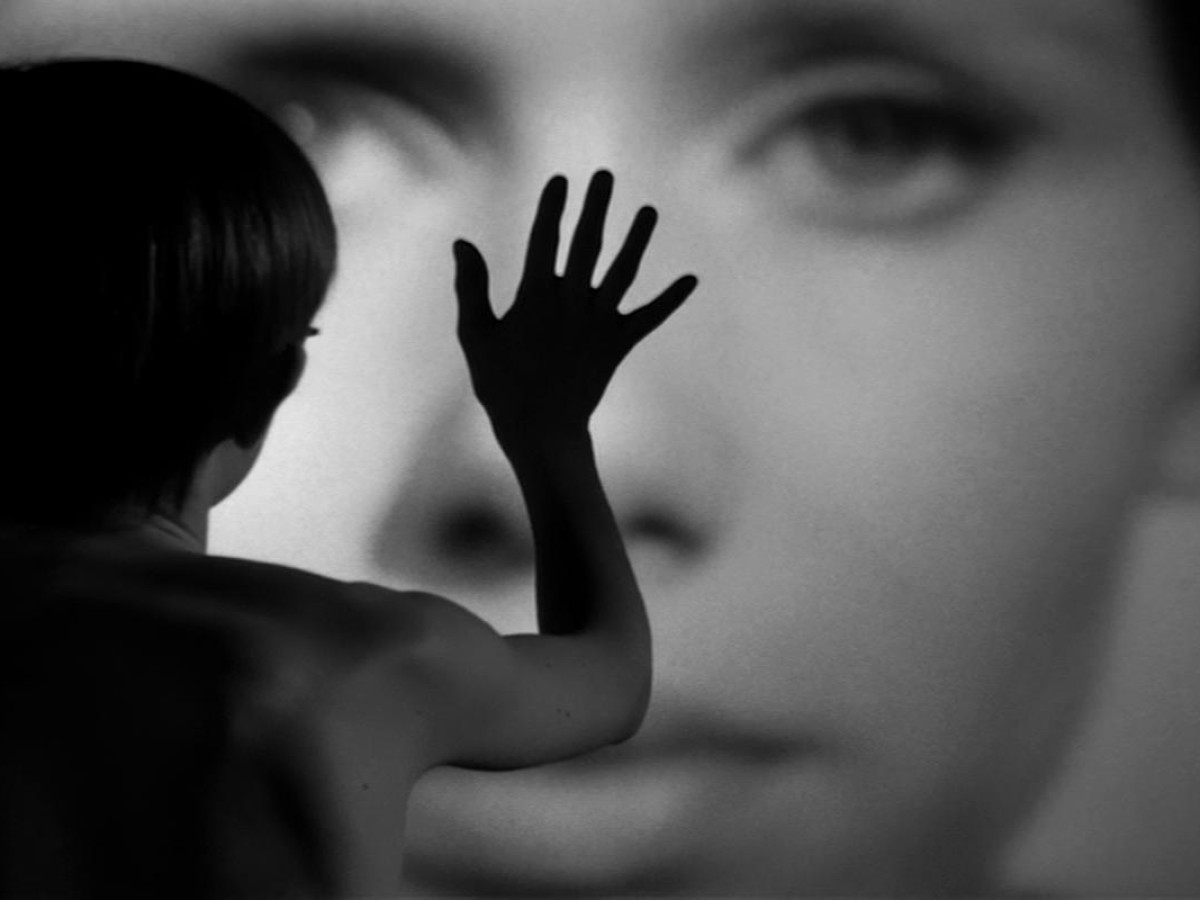Ingmar Bergman. Part 1
In January and February, the Film Museum will be showing Ingmar Bergman's complete works for the cinema. Somewhere between his breakthrough success in 1956, with the comedy Sommarnattens leende (Smiles of a Summer Night), which won a prize at Cannes, and his late masterpiece Fanny och Alexander (Fanny and Alexander, 1982), the Swedish writer-director became an "institution" as far as international film critics were concerned. He was universally considered to be the foremost representative of a truly contemporary, philosophically and aesthetically demanding cinema. This seemingly constant critical focus on the "deep", "serious" and "dark" elements in Bergman's films, however, often obscured the tremendous diversity of his work. The oeuvre of such diverse directors as Lars von Trier, David Lynch or Woody Allen is unimaginable without the influence of Ingmar Bergman.
From the late 40s on, Bergman continually expanded his aesthetic spectrum as well as his subject matter, examining the role of the artist in society, as in Gycklarnas Afton (Sawdust and Tinsel, 1953), while also directing very physical, uninhibited love stories such as Sommaren med Monika (Summer with Monika, 1953). He proved himself to be a virtuoso director of actors, and helped establish numerous international careers (amongst others, those of Liv Ullmann, Max von Sydow, Ingrid Thulin, Erland Josephson). At the same time, he turned into a highly articulate architect of visual space, creating a unique language of “time-images”. In 1958, Jean-Luc Godard quotes Bergman as saying: "It is our luck that cameras exist to preserve beauty."
In 1957, Bergman established himself as one of the world’s leading filmmakers with a double stroke of genius: Det sjunde inseglet (The Seventh Seal) and Smultronstället (Wild Strawberries). In these films, the subject of modern humanity coming to terms with a world without faith is explored from very different angles: in the form of a medieval mystery play; and in the other instance, as an introverted character drama. This motif becomes a defining theme in Bergman's work and culminates in the pessimistic "chamber play trilogy" Såsom i en spegel (Through a Glass, Darkly, 1961), Nattvardsgästerna (Winter Light, 1963) and Tystnaden (The Silence, 1963). The sexually explicit scenes in the latter film caused a censorship scandal wherever it was shown. The modernist aesthetic of these works reaches perfection in his radical masterpiece Persona (1966), where the metaphysical crisis of the two protagonists is converted into a reflection on cinema itself.
Despite such remarkable forays into other genres as the horror film Vargtimmen (Hour of the Wolf, 1968) Bergman received little attention in the second half of the 1960's, probably in part because he refused to become involved in a pronouncedly "political" cinema. He enjoyed a strong comeback with the period epic Viskingar och rop (Cries and Whispers, 1972), which was followed by further powerful dramas carved out of television series, such as Scener ur ett äktenskap (Scenes from a Marriage, 1973) and Fanny och Alexander. Bergman officially retired from filmmaking in the 80's, but his productivity as a stage and television director continues unabated. Recent documentaries about him (such as Gunnar Bergdahl's The Voice of Bergman, 1997) show that the artist's voice still has an authority which cannot be forgotten or ignored even at the age of 85.
This Retrospective attempts to examine his works in a new light and to discover the unknown Bergman – the varied forces underlying our all-too-easy label of "celebrated art film icon”.
This programme is organised with the support of the Svenska Institutet, the Cinemateket/Svenska Filminstitutet and the Swedish Embassy in Austria. Bergman's complete works for cinema will be shown, including documentary films, short films and commercials, with the exception of "Sän't händer inte här" ("High Tension", 1950), which the director has long since prohibited for public screening.
